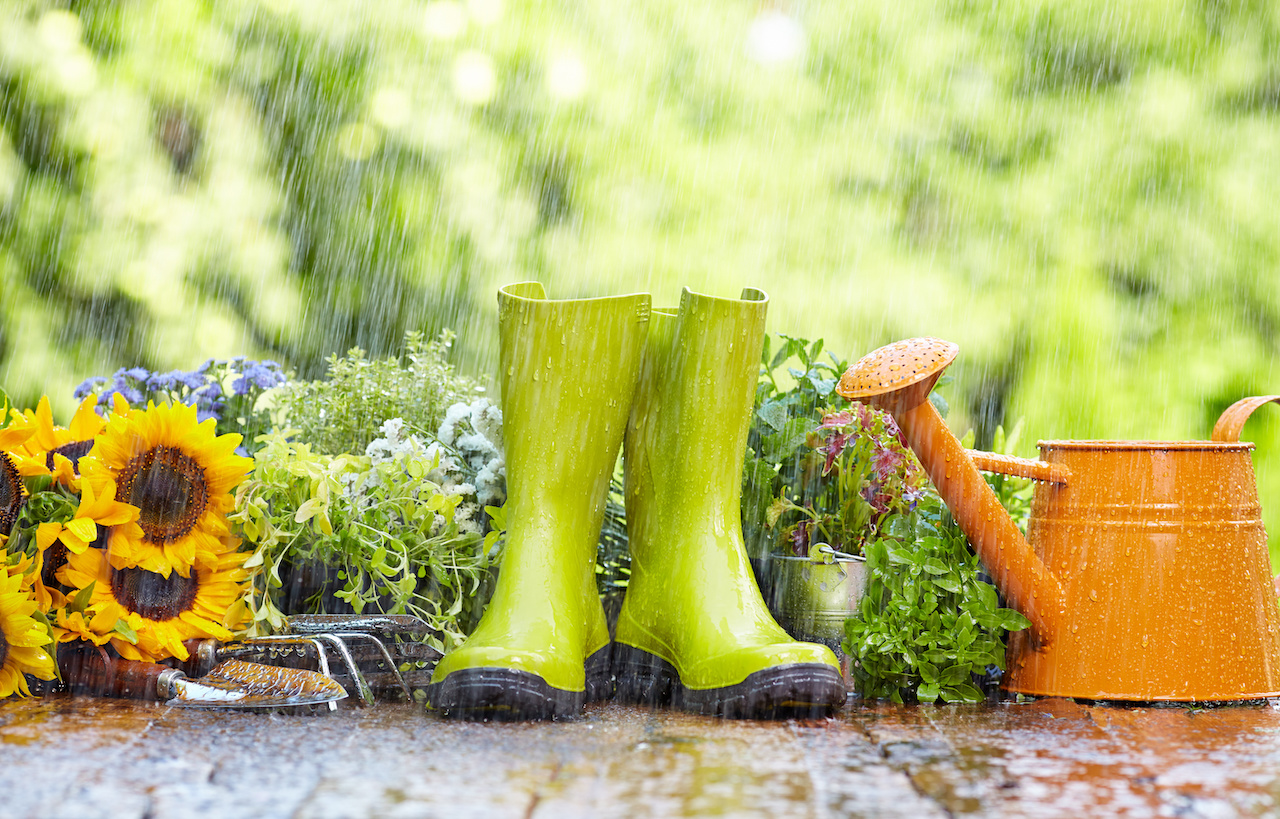The Great Thaw: A Fertile Ground for Fungi
As the icy grip of winter loosens, the Midwest greets the warmth of spring with open arms. However, this seasonal shift is not without its complications. The melting snow and ice saturate the ground, creating a damp environment where mold spores, having lain dormant throughout the cold months, begin to stir. This period of thaw is essentially a starting gun for these microscopic fungi, signaling the beginning of their growth spurt.
Why Mold Loves Your Spring
Mold spores are like the unwanted houseguests who thrive in your home’s nooks and crannies, especially during spring. They’re not fussy about where they crash, provided the spot is moist and organic materials are on hand to munch on. Unfortunately, our homes are filled with such materials: wood, paper, carpet, and even insulation. Add to this the increased humidity from spring rains, and you’ve got yourself a mold party.
Health Hazards: More Than Just a Sneezing Fit
The consequences of mold growth go beyond the unsightly and musty odors. For some, it’s a health hazard that can trigger allergic reactions, asthma attacks, and other respiratory issues. Prolonged exposure can lead to more severe health problems, making it crucial not only to prevent mold growth but also to address it promptly when it occurs.
Mold Prevention: An Ounce of Prevention…
When it comes to mold, prevention is your best defense. Here’s a more detailed look at how you can keep your home mold-free:
Keep it Dry:
- Check your gutters and downspouts regularly to ensure they are not clogged and are directing water away from your home’s foundation.
- Monitor indoor humidity levels with a hygrometer and strive to keep them below 60%.
- Dry wet areas immediately. Whether it’s a spill on the carpet or flooding in the basement, quick action can prevent mold growth.
Ventilate:
- Use exhaust fans in your bathroom, kitchen, and laundry area to vent moisture outside.
- Open windows when the weather allows, to promote cross-ventilation.
- Consider a mechanical ventilation system for areas where natural airflow is limited.
Clean and Declutter:
- Focus on the bathroom and kitchen, where mold loves to hang out around leaky pipes, under sinks, and anywhere you have standing water.
- Check window sills and door frames for condensation, a common precursor to mold growth.
- Don’t forget about your HVAC system. Ensure air filters are changed regularly, and ducts are inspected for signs of moisture and mold.
- Basements and attics are hot spots for mold due to their typically lower temperatures and higher humidity levels. Use storage solutions that allow air circulation and keep items off the floor.
Where Mold Hides:
Mold can be quite the hide-and-seek champion. Beyond the usual suspects (bathrooms and basements), mold can lurk in places you might not think to look:
- Behind wallpaper and paneling
- Underneath carpet and padding
- Inside ductwork and around HVAC units
- Behind drywall
- In and around window sashes and seals
Regular inspections of these areas can help catch mold before it becomes a major problem. Look for signs of moisture or water damage, such as discoloration, warping, or a musty smell, as these can indicate potential mold growth.
By adopting a comprehensive approach to mold prevention, focusing on maintaining a dry, well-ventilated, and clean home, you can significantly reduce the risk of mold taking hold. Remember, the key to mold control is moisture control.
When Mold Strikes: Fighting Back
Despite your best efforts, mold can still find a way into your home. When it does, addressing the problem quickly is key. For small areas, cleaning with a solution of water and detergent may suffice. However, for larger infestations or if mold is in your HVAC system, professional remediation might be necessary.
Conclusion: Embracing a Mold-Free Spring
As the Midwest thaws and we welcome the signs of spring, being mindful of the conditions that promote mold growth can help us maintain healthier living spaces. By taking proactive steps to control moisture and improve ventilation, we can enjoy the season for its blooming flowers and warming weather, rather than its fungal invaders.
Remember, managing mold is not just about keeping your home looking and smelling fresh; it’s about protecting the health and well-being of you and your loved ones. So, as we say goodbye to winter and hello to spring, let’s also ensure we’re saying farewell to any potential mold problems.








